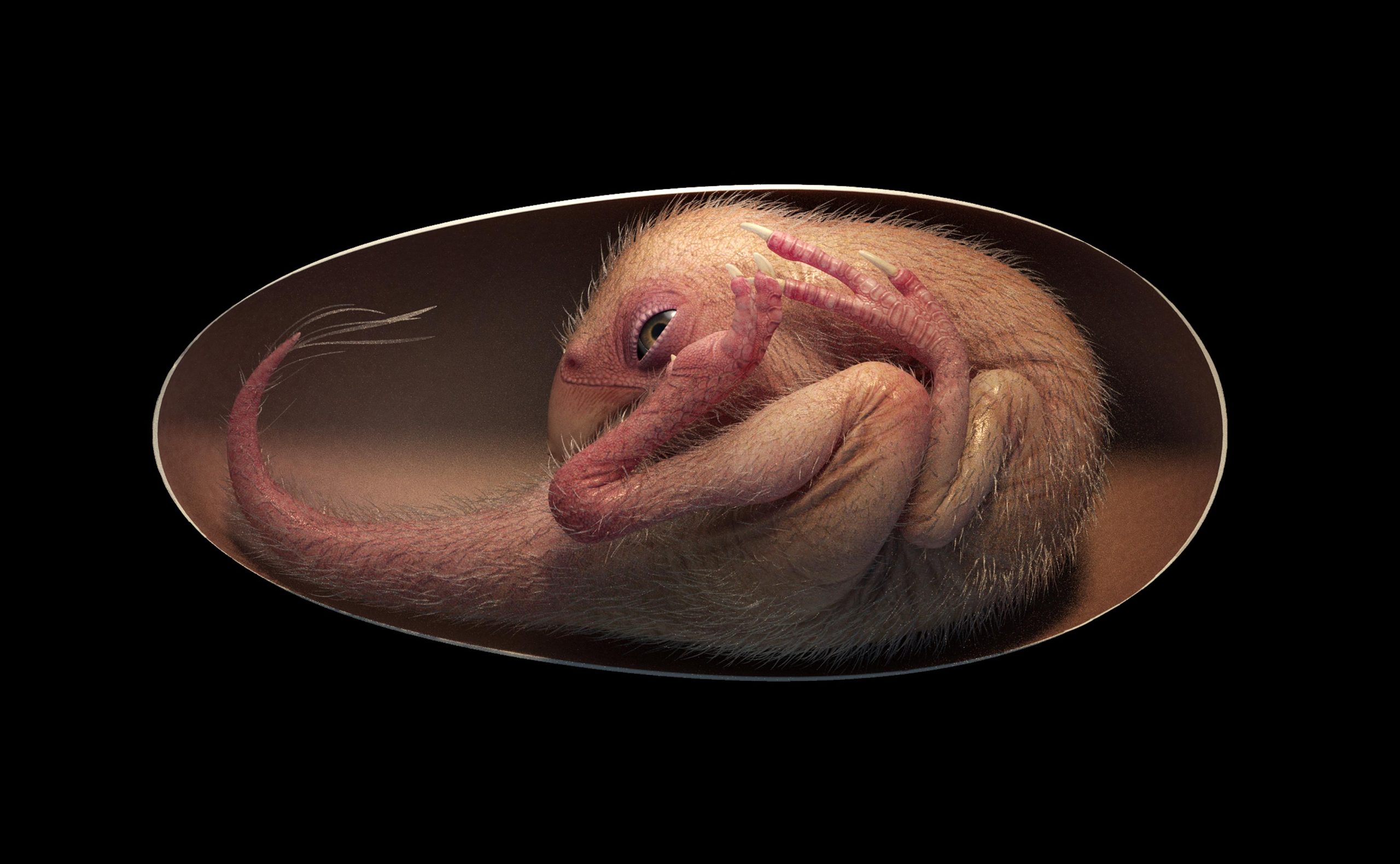More information about the connections between dinosaurs and birds is being revealed by an extraordinary fossil of a newborn dinosaur curled up precisely inside its egg.
The embryonic skeleton of an oviraptorid dinosaur, known as Baby Yingliang after the name of the Chinese museum that holds the fossil, is preserved in the 70 million-year-old fossil. This is a really fortunate discovery because baby dinosaur bones are tiny and delicate and are rarely preserved as fossils, according to Darla Zelenitsky, an associate professor in the University of Calgary’s geoscience department in Canada.
“It is a remarkable specimen. As a coauthor of the study that was published on Tuesday in the journal iScience, Zelenitsky said, “I have been working on dinosaur eggs for 25 years and have yet to see anything like it.”
“There are so few embryonic skeletons, especially those that are complete and preserved in a life pose, so little has been known up to this point about what was going on inside a dinosaur’s egg before hatching,” she wrote in an email.
The dinosaur was estimated to be 27 centimeters (11 inches) long from head to tail, while the egg is about 17 centimeters (7 inches) long. If it had survived as an adult, the researchers estimate its length to have been between two and three meters.
“Most known non-avian dinosaur embryos are incomplete with skeletons disarticulated(bones separated at the joints),” said Waisum Ma, the lead author of the study and a researcher at the University of Birmingham, UK, in a statement.
“We were surprised to see this embryo beautifully preserved inside a dinosaur egg, lying in a bird-like posture. This posture had not been recognized in non-avian dinosaurs before.”
All birds directly evolved from a group of two-legged dinosaurs known as theropods, whose members include the towering Tyrannosaurus rex and the smaller velociraptors.
The pre-hatching behavior isn’t the only behavior modern birds inherited from their dinosaur ancestors. The same kind of dinosaurs are also known to have sat on top of their eggs to incubate them in a way similar to birds, Zelenitsky said.
The fossil was found in China’s Jiangxi province and acquired in 2000 by Liang Liu, a director of a Chinese stone company called Yingliang Group. It ended up in storage, largely forgotten until about 10 years later, when museum staff sorted through the boxes and unearthed the fossil during the construction of Yingliang Stone Nature History Museum. The museum is subsidized by the company.